The Power of Persistence
/Late last week, I was happy to break the news that Ann and I were offered a two-book deal — our first novel, Dead, Without a Stone to Tell It will be released in May 2013 by Five Star Publishing. I’ve been thinking a lot over the week-end about the path we chose, how long that process took, and how glad I am that we stuck with it instead of taking shortcuts.
Now, first of all, let me say that I have nothing against self-publishing. It’s a fantastic venue for those that want more control of their own process and want to see their books published faster. Many authors are very successful in this forum because they are good authors who produce a well-edited, quality product. But self-publishing also provides an author with the means to knee-jerk publish a product that might not be ready, simply because they are impatient or want the easy road.
I queried agents for seven months before I found Nicole. It was only a month from first querying her to signing with the agency, but with the number of agents out there, it took me a while to find her to add her to my list. During those seven months, I also had the false start of an offer from an agent that made me uncomfortable, and which I subsequently turned down. Was I frustrated that I’d worked so hard to find an agent and had yet to find the right one? Yes. Was I tempted to self-publish at that point because I wanted to get my work out there? Yes. But I didn’t. I hung in and kept querying. And once I found Nicole, things moved quickly, and the next thing I knew I was signed.
Had I given up and self-published during the querying stage, the manuscript would have been full of passive voice and head hopping. It wasn’t ready to be published, and neither was I. Nicole saw the promise in the writer and the manuscript, but she wisely knew both still needed work.
Next, we moved into the submission process. After a lengthy edit, we sent out the manuscript. And for those who have gone through submission, you know how long this process can take. Then a few rejections started to roll in. And because you’re human, you start to think about self-publishing again. Maybe it would be easier to do it myself. If certainly couldn’t be as painful as these rejections. But, once again, I stuck with it.
A major concern we had from the start was the length of the manuscript — it was slightly long for a crime novel. Ann and Nicole had done their best to help me cut the manuscript back, but the real problem was me. I liked the scientific detail because that’s where my own interests lie. Why would I want to kill my darlings? Then word came back from Five Star. They’d be interested in seeing it again if I’d do a significant cut back — approximately 20,000 words.
20,000 words. That definitely doesn’t qualify as ‘slightly long’. But this time the message got through loud and clear.
So we settled into one last major edit of the manuscript and sent a significantly shorter and tighter version back to Five Star. That was the manuscript they offered on.
Had I given up and self-published during the submission stage, the manuscript would have been full of over-exposition and the writing wouldn’t have been as tight as it needed to be. It wasn’t ready to be published, and neither was I.
Looking back, I can see quite clearly the points where I was tempted to throw in the towel and how disastrous that might have been. I’m still learning how to be a better writer. With each edit, I would think There! Now it’s perfect! only to realize downstream that it still needed work. Had I given up and self-published at any of those points, the manuscript wouldn’t have been anywhere close to perfect. And that would have been reflected in flat sales and likely no interest in the continuation of the series.
Is the manuscript perfect now? Of course not. I’m looking forward to working with a professional editor to make the manuscript the very best it can be. Only then will it really be ready to publish. And in the process, I’ll be ready too.
For those of you who traditionally published, did you go through the same periods of temptation? For those that are still preparing your manuscripts and are considering your options, what are your thoughts on the path you’ll take?
*********************************************************************************
I'm happy to announce the winner of last week's Amazon gift card is Paulina. Paulina, I'll be getting in touch with you today. Congratulations!
Photo credit: alpiniste








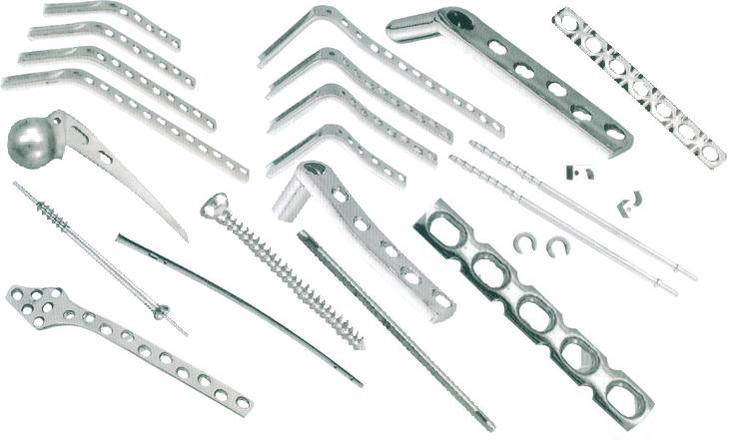




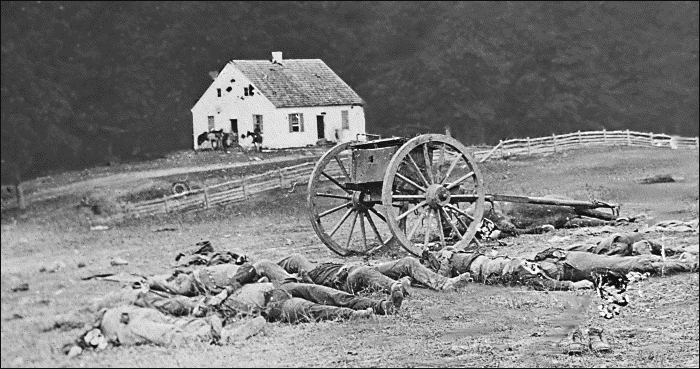







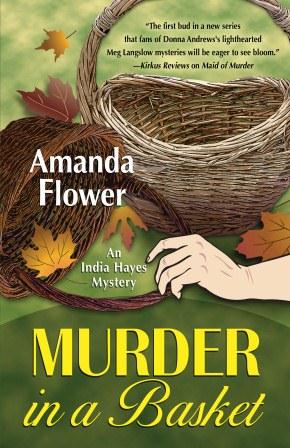












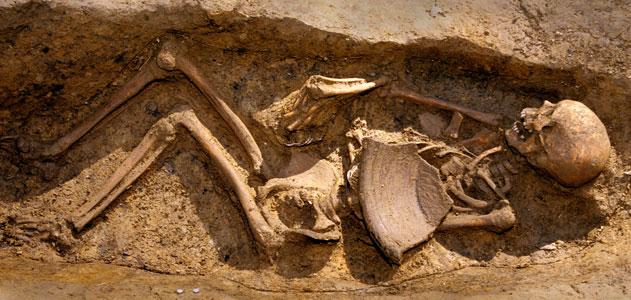
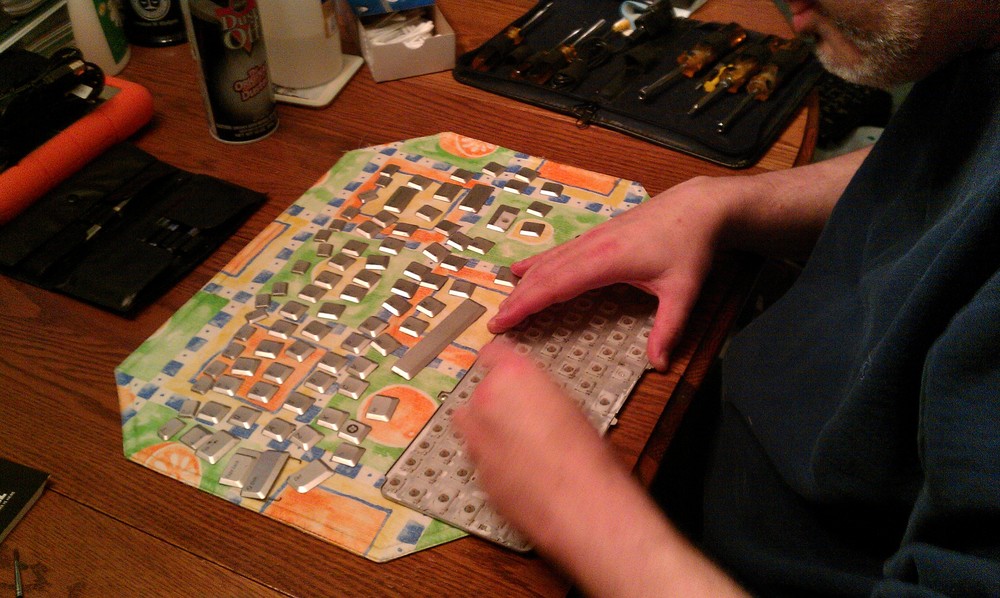


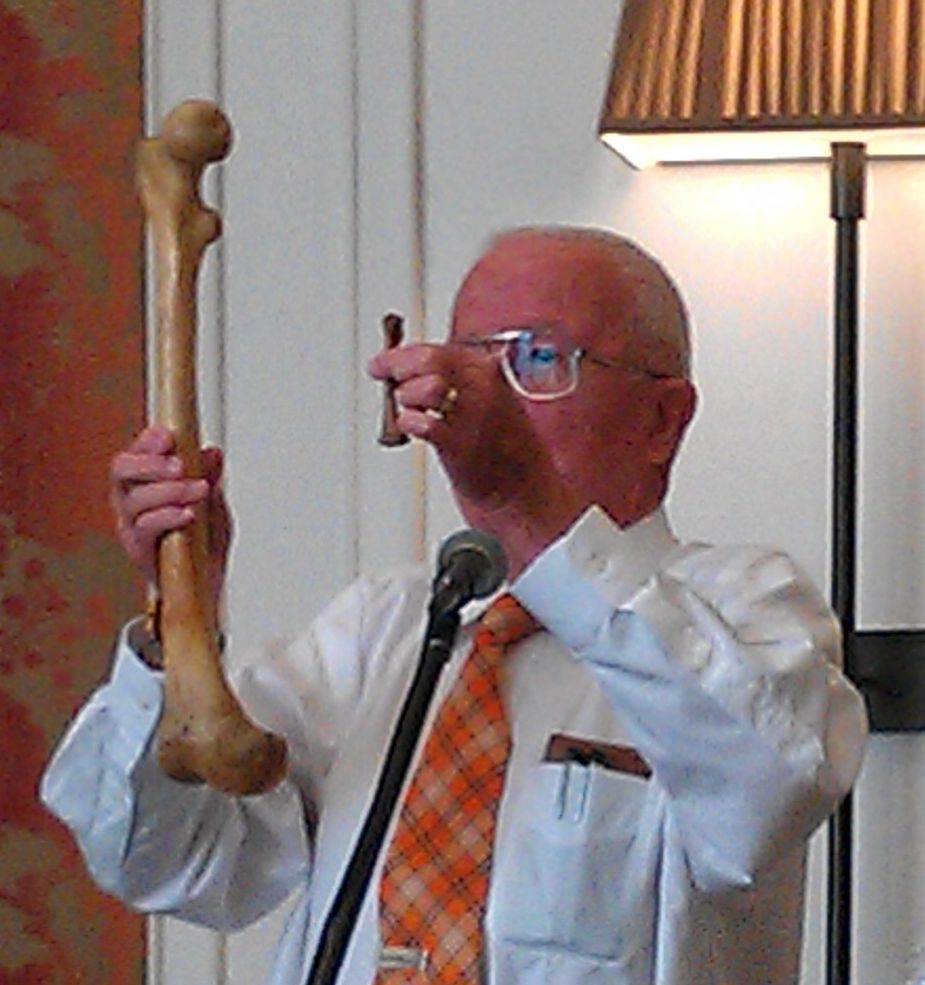
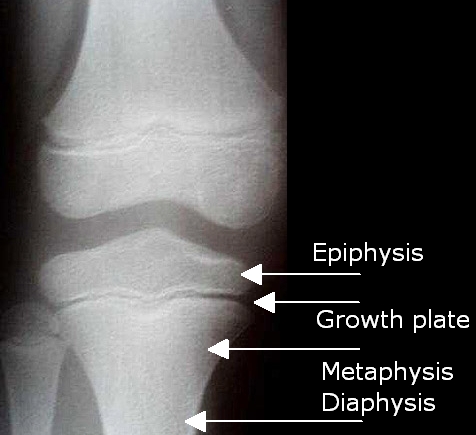
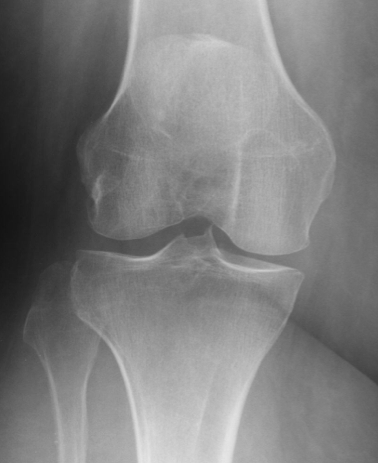




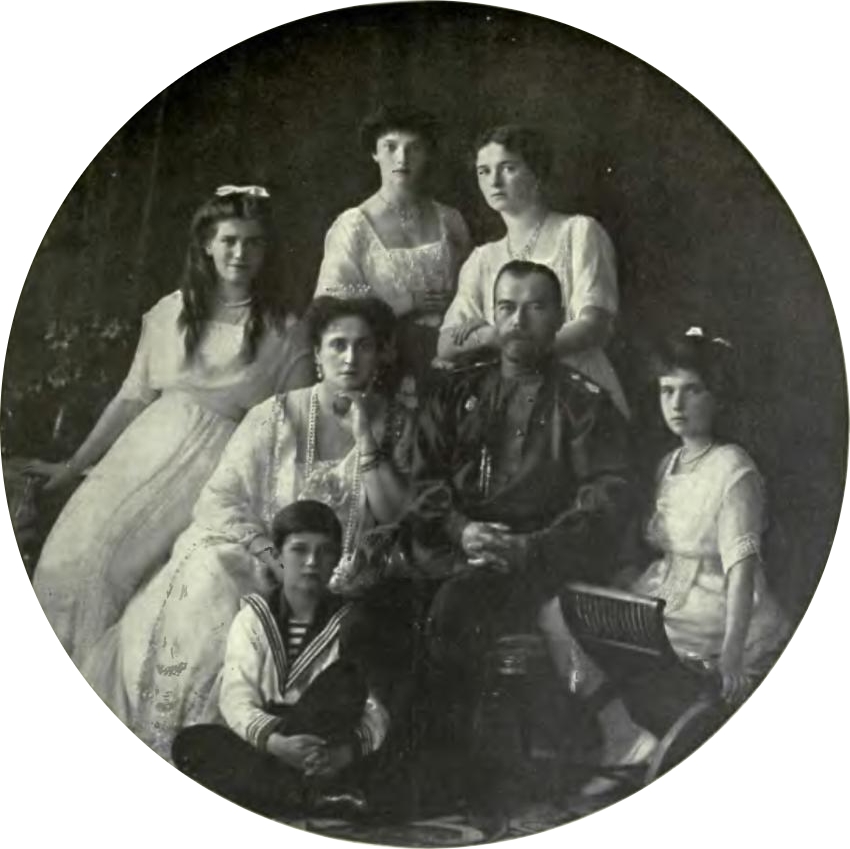
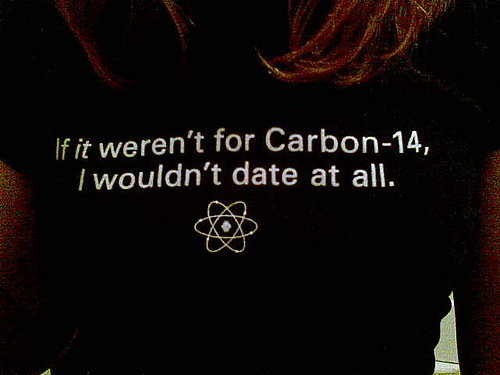


 COMPLETE
COMPLETE